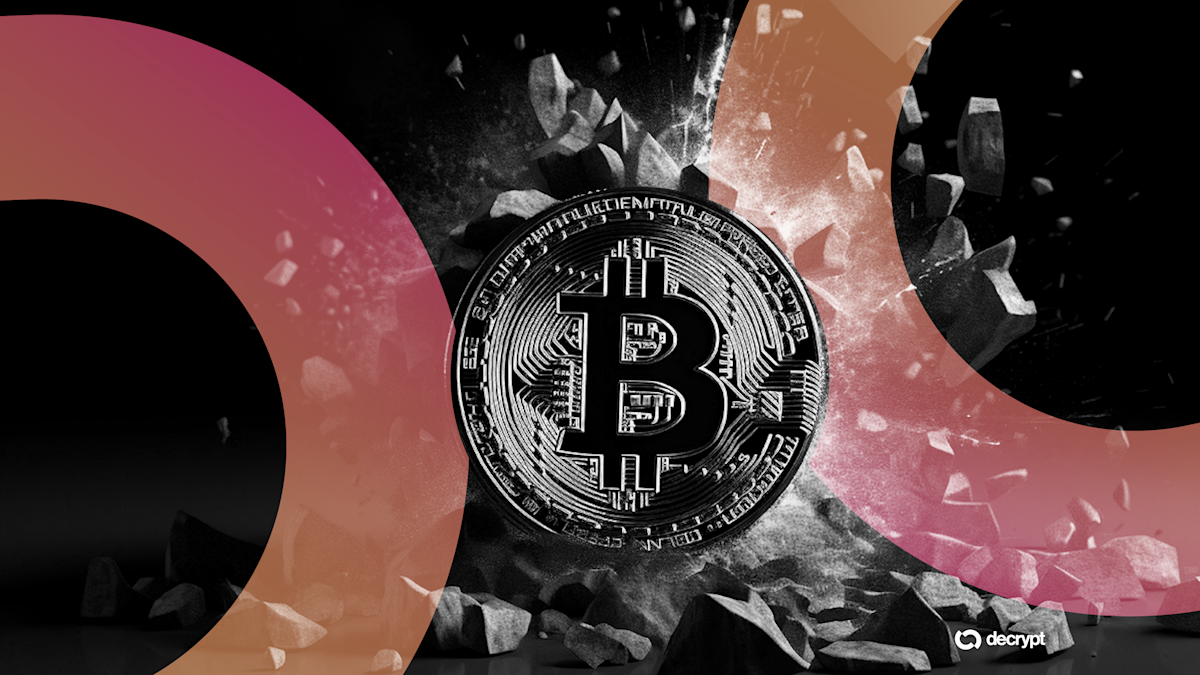Crypto Sentiment Hits ‘Extreme Fear’ Amid $2.7 Trillion S&P 500 Wipeout
A sell-off in the U.S. stock market sent shockwaves through risk assets on Thursday, cratering investor sentiment and pulling Bitcoin down to its lowest level since April.
After an initial uptick, the S&P 500 index dropped nearly 4% on Thursday. Nvidia’s stellar earnings report-driven rally also took a U-turn, dropping more than 8%.
The sell-off was a common theme across the index’s breadth, leading to a market-cap wipeout of more than $2.7 trillion, according to Bloomberg reporting. By comparison, crypto’s market cap stands at just above $3 trillion, after shedding 7% on Thursday.
As a result, sentiment across the board tanked, dropping into the “extreme fear” territory for U.S. equities and crypto, even as the S&P 500 hovers less than 6% away from its recent peak near 6,920.
Bitcoin, too, was sent reeling, extending last week’s losses to revisit the $85,000 level for the first time since April, CoinGecko data shows. Crypto market liquidations spiked to $829 million.
The Bureau of Labor Statistics’ release of the November jobs report on December 16 could be the reason behind Thursday’s U.S. equity selloff, according to The Kobeissi Letter’s tweet.
“In our view, this headline was, AT BEST, partially to blame. Rather, we view the decline as a mechanical move and a broader indication of shifting market dynamics.”
Analysts believe a cocktail of macroeconomic fears and technical market forces is driving the recent risk asset sell-off and sentiment dip.
While many pundits cite lingering AI bubble concerns or Friday’s options expiry for the recent drop, Peter Chung, head of research at Presto Research, told Decrypt that “looming risk in private credit risk highlighted by Fed Governor Lisa Cook last night” remains an under-discussed topic.
Markets in Late-Cycle Phase, Not Recessionary: QCP
“The possibility of a December rate cut has faded as Fed officials remain divided and cautious.” Jay Jo, senior research analyst at Tiger Research, told Decrypt. “Strong jobs data and Lisa Cook’s comments raised macroeconomic risk, pushing markets into a short-term correction.”
Simply put, U.S. credit spreads are the difference in yield between corporate bonds and U.S. Treasury bonds. As the difference grows, it reflects increased investor perception of risk and economic uncertainty, highlighting the higher perceived likelihood of corporate default. Investors often expect a potential downturn when the spreads widen.
“U.S. credit spreads have widened slightly but remain moderate, with limited systemic stress,” Tim Sun, senior researcher at HashKey Group, told Decrypt.



Leave a Comment
Your email address will not be published. Required fields are marked *